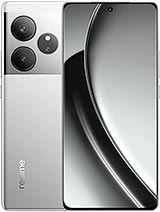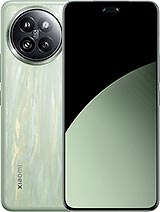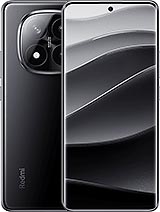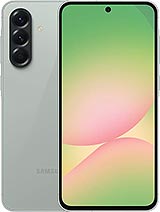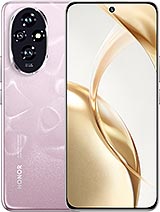Honor 200 alternatives
Tap above to see alternatives.
Vivo V40 alternatives
Tap above to see alternatives.
1x2.63 GHz Cortex-A715
4x2.4 GHz Cortex-A715
3x1.8 GHz Cortex-A510
1x2.63 GHz Cortex-A715
3x2.4 GHz Cortex-A715
4x1.8 GHz Cortex-A510
12GB 512GB (UFS 3.1)
8GB 256GB (UFS 2.2)
12GB 512GB (UFS 2.2)
f/2.0, (wide), 1/1.56", 1.0µm, PDAF, OIS
50 MP
f/2.4, (telephoto), PDAF, OIS, 2.5x optical zoom
12 MP
f/2.2, 112˚ (ultrawide), AF
f/1.9, 24mm (wide), 1/1.56", 1.0µm, PDAF, OIS
50 MP
f/2.0, 15mm, 119˚ (ultrawide), 1/2.76", 0.64µm, AF
1080p@30/60fps
1080p@30fps
f/2.1, (wide)
f/2.0, 21mm (wide), 1/2.76", 0.64µm, AF
1080p@30fps
1080p@30fps
SIM1: Nano, SIM2: Nano
SIM1: Nano, SIM2: Nano
FDD: N3
TDD: N40
FDD: N1, N3, N5, N8, N28
TDD: N40, N77, N78
FDD: N3
TDD: N40
FDD: N1, N3, N5, N8, N28
TDD: N40, N77, N78
Both Honor 200 and Vivo V40 feature the Qualcomm Snapdragon 7 Gen 3 (4nm), ensuring similar performance levels.
The Vivo V40 offers 3 years of OS updates, while the Honor 200 provides 2 years. When it comes to security updates, Vivo V40 leads with 4 years of support.
Both phones feature AMOLED displays. They have the same 120 Hz refresh rate. Vivo V40 also has a brighter display with 4500 nits, improving outdoor visibility. Notably, Vivo V40 has a higher resolution display, resulting in sharper visuals.
Vivo V40 has a larger 5500 mAh battery for longer usage. Honor 200 supports faster wired charging at 100W.
Vivo V40 has an IP68 rating, while Honor 200 lacks official water and dust resistance.





